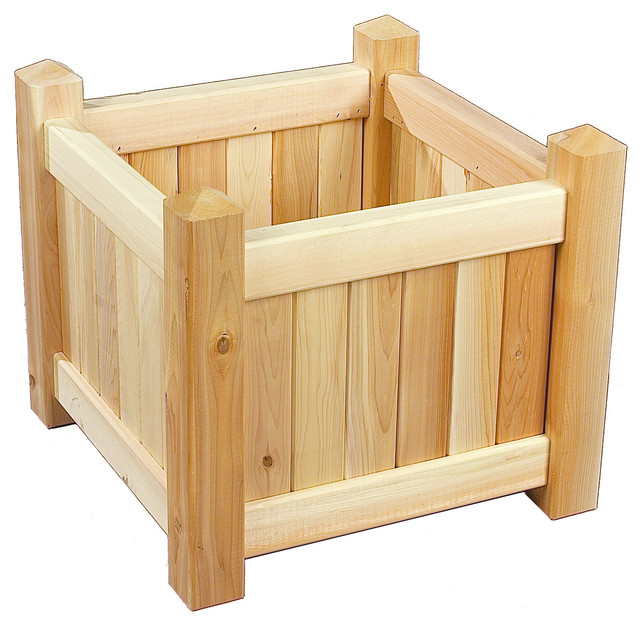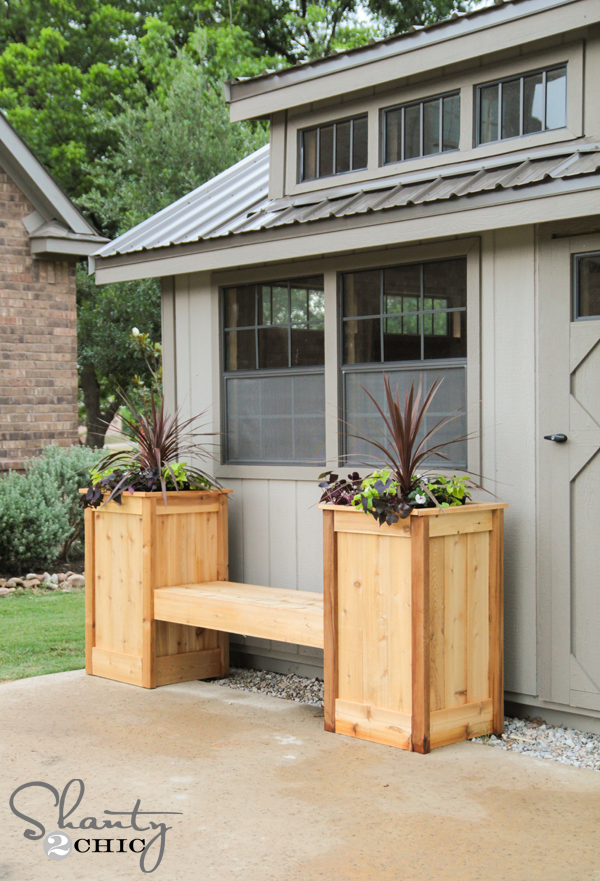Jmacpherson
Member
- Joined
- Jun 9, 2016
- Messages
- 215
Strange question but hear me out.
Background, I don't have a table saw or the space for one.
I don't do a lot of routing generally but I'm about to do something along the lines of:

but with a bench between two of them like this:

I'm thinking of routing grooves in the planter box legs and/or frames but were are talking about 70x70mm wide stock.
How easy is that to do with a QF 1400?
Then slot everything together.
Or instead of grooves do the whole thing with dominoes instead and invest in the domino once and for all which gives me more options in the long run?
I can then hide all the joinery and have no screws visible. The idea is for a contemporary planter box/bench combo not the traditional rustic look.
Will the dominoes stand up to the elements, weight, wet soil etc. over time?
Then use a small palm/trim router like say Makita's for small round overs down the line if needs be?
Thoughts and opinions?
Background, I don't have a table saw or the space for one.
I don't do a lot of routing generally but I'm about to do something along the lines of:

but with a bench between two of them like this:

I'm thinking of routing grooves in the planter box legs and/or frames but were are talking about 70x70mm wide stock.
How easy is that to do with a QF 1400?
Then slot everything together.
Or instead of grooves do the whole thing with dominoes instead and invest in the domino once and for all which gives me more options in the long run?
I can then hide all the joinery and have no screws visible. The idea is for a contemporary planter box/bench combo not the traditional rustic look.
Will the dominoes stand up to the elements, weight, wet soil etc. over time?
Then use a small palm/trim router like say Makita's for small round overs down the line if needs be?
Thoughts and opinions?
